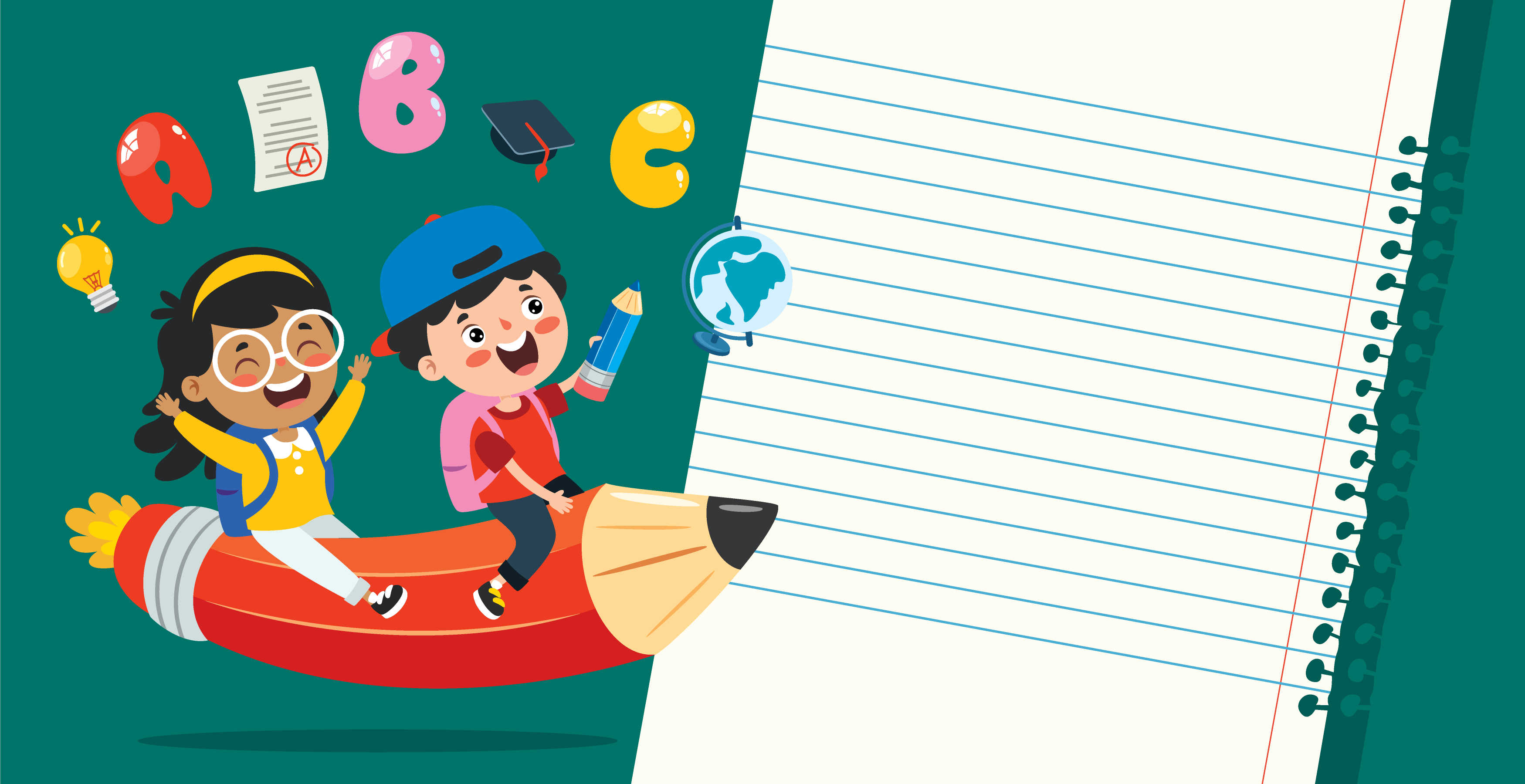Recognizing shapes Reading Worksheets for 3-Year-Olds
3 filtered results
-
From - To
Nurture your 3-year-old's early learning skills with our "Recognizing Shapes Reading Worksheets." These engaging and enjoyable worksheets, developed by educational experts at Kids Academy, combine colorful graphics and fun activities to teach young children the fundamentals of shape recognition. Perfectly tailored for little learners, these worksheets help them identify and differentiate between circles, squares, triangles, and more. By incorporating playful exercises, your child will build essential reading and cognitive skills in a joyful way. Boost your toddler's learning journey and foster their love for reading with our expertly designed recognizing shapes worksheets!
Recognizing shapes and reading are foundational skills that play a critical role in a child's early cognitive and academic development. At the age of three, engaging children in activities that focus on identifying shapes and early reading sets the groundwork for future learning and problem-solving skills. When toddlers learn to recognize shapes, they are not just memorizing different forms; they are developing their visual-spatial awareness and mathematical thinking. Shapes help children understand the properties and relations of objects in their environment, fostering skills such as categorization, pattern recognition, and comparison.
Similarly, introducing early reading concepts to 3-year-olds is essential in building their language and literacy skills. At this stage, children are in a window of rapid brain development, making it an ideal time to nurture an interest in books, letters, and the stories that connect them. Reading aloud, exploring picture books, and identifying letters help enhance vocabulary, comprehension, and narrative skills. These activities promote a love for reading, which positively influences language development and prepares children for more formal education.
Both shape recognition and early reading foster crucial cognitive development, support academic success, enhance confidence, and encourage a lifelong passion for learning. Thus, parents and teachers should prioritize these engaging and education-rich activities during the formative years.


















